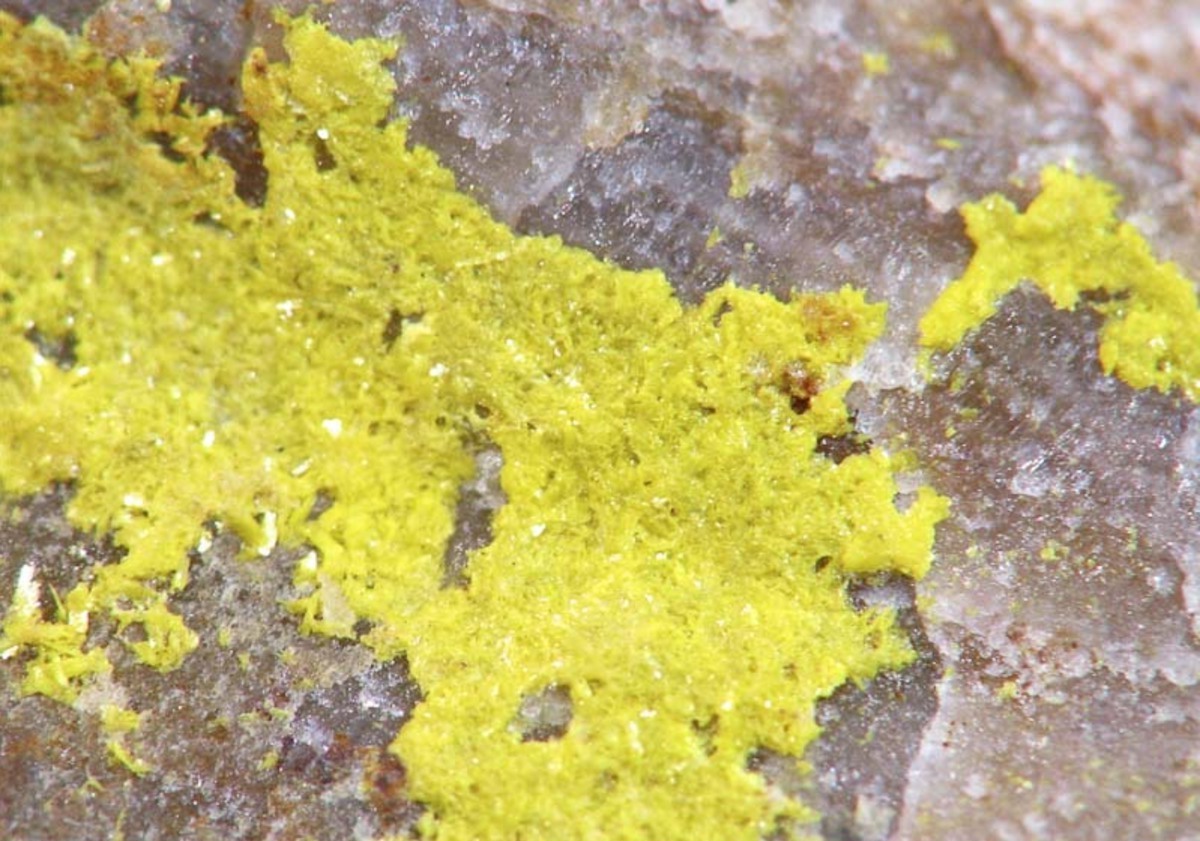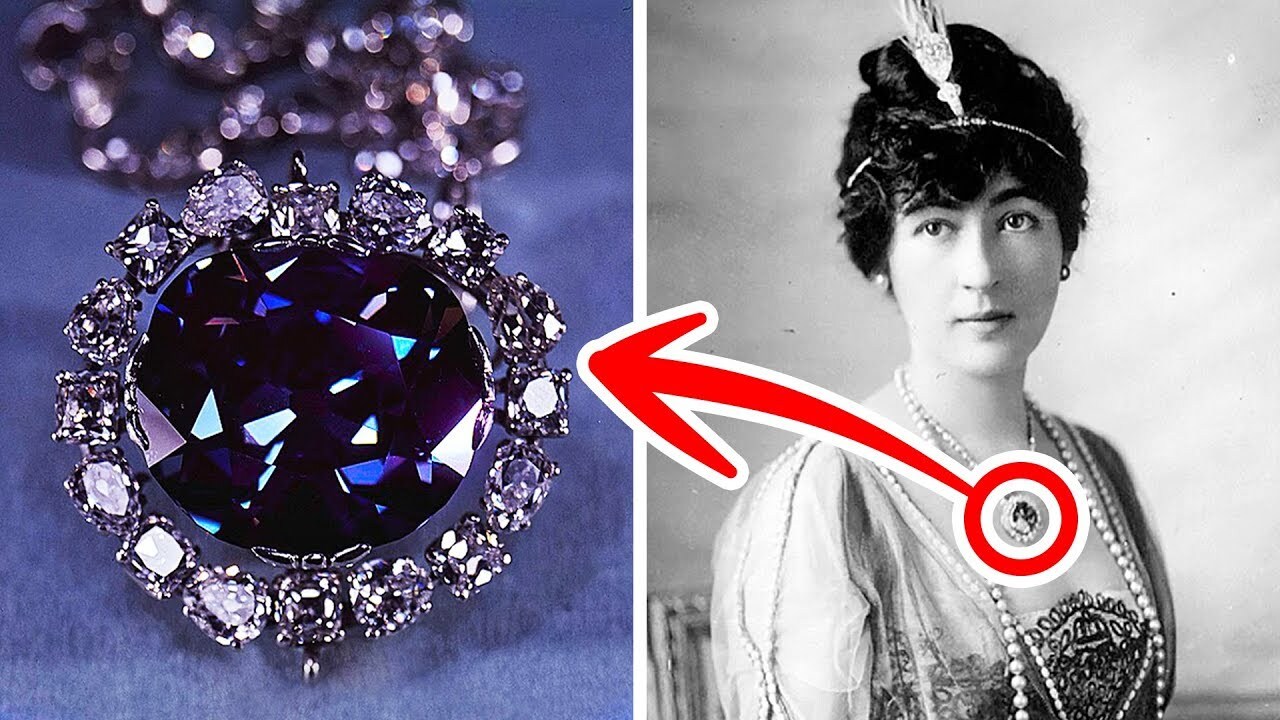
Bergenite is a rare mineral that captures the curiosity of geologists and collectors alike. Found primarily in phosphate-rich environments, this mineral boasts a striking yellow hue. But what makes bergenite truly fascinating? Bergenite is composed of uranium, making it both unique and slightly radioactive. This mineral was first discovered in Germany and named after the town of Bergen. Its complex structure and vibrant color make it a standout in any collection. Whether you're a seasoned geologist or a curious enthusiast, learning about bergenite offers a glimpse into the intricate world of minerals. Ready to dive into 30 intriguing facts about this captivating mineral? Let's get started!
Key Takeaways:
- Bergenite is a rare, radioactive mineral with vibrant colors and unique properties. It's prized by collectors and studied by geologists and nuclear scientists for its significance in mineralogy and geological processes.
- When handling Bergenite, caution is crucial due to its radioactive nature. Protective gear, safe storage, and limited exposure help minimize risks. Its intriguing history and ongoing research make it a fascinating subject in the world of minerals.
What is Bergenite?
Bergenite is a rare mineral that has fascinated geologists and mineral enthusiasts alike. Its unique properties and origins make it a subject of interest. Here are some intriguing facts about this mineral.
-
Bergenite is a phosphate mineral that contains uranium. This makes it radioactive, which is a key characteristic.
-
It was first discovered in the Bergen district of Saxony, Germany. This is where it gets its name.
-
The mineral typically forms in yellow to greenish-yellow colors. Its vibrant hues make it easily recognizable.
-
Bergenite often occurs in granular or fibrous masses. These formations can vary in size and shape.
-
It has a monoclinic crystal system, meaning its crystal structure is asymmetrical.
Chemical Composition and Properties
Understanding the chemical makeup and properties of Bergenite can shed light on its unique characteristics.
-
The chemical formula for Bergenite is Ca2(UO2)3(PO4)2(OH)4·6H2O. This complex formula highlights its uranium content.
-
Bergenite has a Mohs hardness of about 3. This means it is relatively soft compared to other minerals.
-
The mineral has a specific gravity of approximately 4.1. This indicates it is denser than many common minerals.
-
Bergenite is soluble in acids. This property can be useful in identifying the mineral in the field.
-
It exhibits fluorescence under UV light. This makes it an interesting specimen for collectors.
Formation and Occurrence
Bergenite's formation and where it can be found are equally fascinating.
-
Bergenite forms in oxidized zones of uranium deposits. These environments are rich in phosphate minerals.
-
It is often associated with other uranium minerals like autunite and torbernite. These associations can help in locating Bergenite.
-
The mineral can be found in several countries, including Germany, France, and the United States. Each location offers unique specimens.
-
Bergenite is typically found in small quantities. This rarity adds to its value among collectors.
-
The mineral is often found in secondary mineral deposits. These are formed from the alteration of primary minerals.
Uses and Significance
While Bergenite is not widely used in industry, it holds significance in other areas.
-
Bergenite is primarily of interest to mineral collectors. Its rarity and unique properties make it a prized specimen.
-
The mineral is also studied by geologists. Understanding its formation can provide insights into geological processes.
-
Bergenite's radioactivity makes it a subject of study in nuclear science. Researchers examine its properties to learn more about uranium minerals.
-
The mineral can be used in educational settings. It serves as a teaching tool for students learning about mineralogy and geology.
-
Bergenite's fluorescent properties make it popular in mineral displays. It adds a visually striking element to collections.
Safety and Handling
Due to its radioactive nature, handling Bergenite requires caution.
-
Bergenite should be handled with protective gloves. This minimizes direct contact with the skin.
-
It is important to store Bergenite in a safe place. Keeping it in a lead-lined container can reduce radiation exposure.
-
Avoid inhaling dust from Bergenite. This can be achieved by working in well-ventilated areas or using masks.
-
Limit exposure time when handling Bergenite. Reducing the amount of time spent with the mineral can lower radiation risks.
-
Always wash hands thoroughly after handling Bergenite. This helps remove any potential contamination.
Interesting Tidbits
Here are some lesser-known facts that add to Bergenite's allure.
-
Bergenite was first described in 1972. This makes it a relatively recent discovery in the world of mineralogy.
-
The mineral's name honors the Bergen district. This area has a rich history of mining and mineral discoveries.
-
Bergenite can sometimes be found in museum collections. These institutions preserve and display rare minerals for public education.
-
The mineral's radioactive nature means it can be detected with a Geiger counter. This tool measures radiation levels.
-
Bergenite's unique properties make it a subject of ongoing research. Scientists continue to study it to uncover new information.
Bergenite's Fascinating World
Bergenite, a rare mineral, holds a unique place in geology. Found mainly in phosphate-rich environments, it showcases a striking yellow color. This mineral, named after the German mineralogist Karl Heinrich Emil Berg, often forms in small, prismatic crystals. Its rarity makes it a prized specimen for collectors and researchers alike.
Understanding bergenite's properties helps scientists learn more about phosphate minerals and their formation. Its chemical composition includes uranium, making it significant in studies related to radioactive minerals. Despite its beauty, bergenite's radioactivity requires careful handling.
For those interested in geology, bergenite offers a glimpse into the complexities of mineral formation. Its distinct characteristics and limited availability make it a fascinating subject. Whether you're a seasoned geologist or a curious enthusiast, bergenite's story is a reminder of nature's incredible diversity and the endless wonders waiting to be explored.
Frequently Asked Questions
Was this page helpful?
Our commitment to delivering trustworthy and engaging content is at the heart of what we do. Each fact on our site is contributed by real users like you, bringing a wealth of diverse insights and information. To ensure the highest standards of accuracy and reliability, our dedicated editors meticulously review each submission. This process guarantees that the facts we share are not only fascinating but also credible. Trust in our commitment to quality and authenticity as you explore and learn with us.


